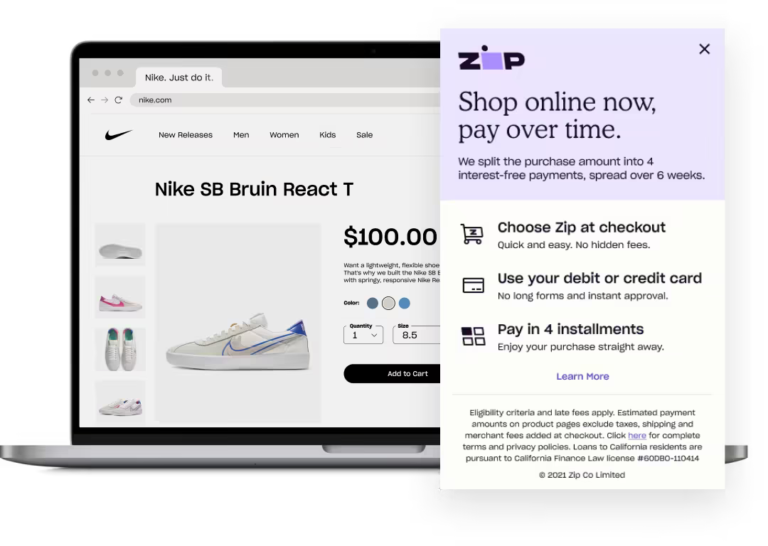The humble FAQs can have a significant effect on the customer experience – while dramatically cutting costs. Here’s how.
As a copywriting agency, much of what we do is tactical. The content we write forms part of the tactical rollout of our clients’ marketing and customer strategies.
But every now and then, we find an opportunity to make a much bigger impact.
This is the case with some work we’ve being doing on a client’s Frequently Asked Questions (FAQs).
We’ve worked with the company’s digital team to reinvent the purpose of their FAQs, by transforming how they organise, write and present them to customers.
We call them FAQs 2.0. And in creating them, we’ve helped a household-name brand to save hundreds of thousands of pounds.

FAQs aren’t what they used to be
Conventional FAQs simply list the questions companies think their customers will have about them; and provide stock answers to those questions.
FAQs 2.0 work much harder.
FAQs 2.0 form an integral part of the customer journey. They equip customers with the information they need to interact smoothly and efficiently with a business. And they take them on a journey from where they are now, to where they want to be.
This is particularly useful where the customer journey is unavoidably complex, as is the case for our client.
The firm’s customers go through many different journeys with their providers – relating to switching, meters, tariffs, bills, payments, technical issues, and so on. As a result, they have hundreds of common questions – and the answers aren’t always simple.
Having a clear set of questions and answers for each stage of each journey – organised to reflect that journey – gives customers clarity and reassurance at a glance. And it reduces demand on the contact centre.
Bottom-line benefits
Carefully planned and executed, FAQs 2.0 can become a vital part of the customer service operation.
They save customers the effort of phoning the call centre (and the time waiting to get through), leading to a better brand experience.
And they can save a business significant sums of money.
Our client’s data suggests that our repurposed FAQs reduced call volumes by an impressive 75% during the first month after launch. That would equate to an annual saving of almost £850,000 in contact centre costs.
Creating FAQs 2.0
So how do you go a about repurposing your FAQs to enhance their impact on the business?
We’ve developed a six-step process to creating FAQs 2.0:
- Audit. Look at all of the FAQs that are live on the organisation’s website.
- Categorise. Sort the question into groups that make sense to customers, and which reflect their journeys with the organisation.
- Give. Offer customers a phone number and/or live chat function if their enquiry can’t be answered by an FAQ.
- Triage. Map out each category into a logical flow of questions to get customers to the information they need as quickly and easily as possible.
- Draft. Now (re)write the questions. Make the copy clear and concise, and ensure each question answers one single query, not several at once.
- Link. Use links to point customers to any related information.
- Give. Offer customers a phone number and/or live chat function if their enquiry can’t be answered by an FAQ.
Of course, user testing is required throughout, to make sure customers can quickly finding the information they need as you intended. If not, you’ll need to adapt the structure and flow of information, or elements of the copy, in response to their feedback.
All told, there’s a bit more effort involved that creating the conventional list of FAQs. But as our clients experience demonstrates, the benefits are well worth it.






